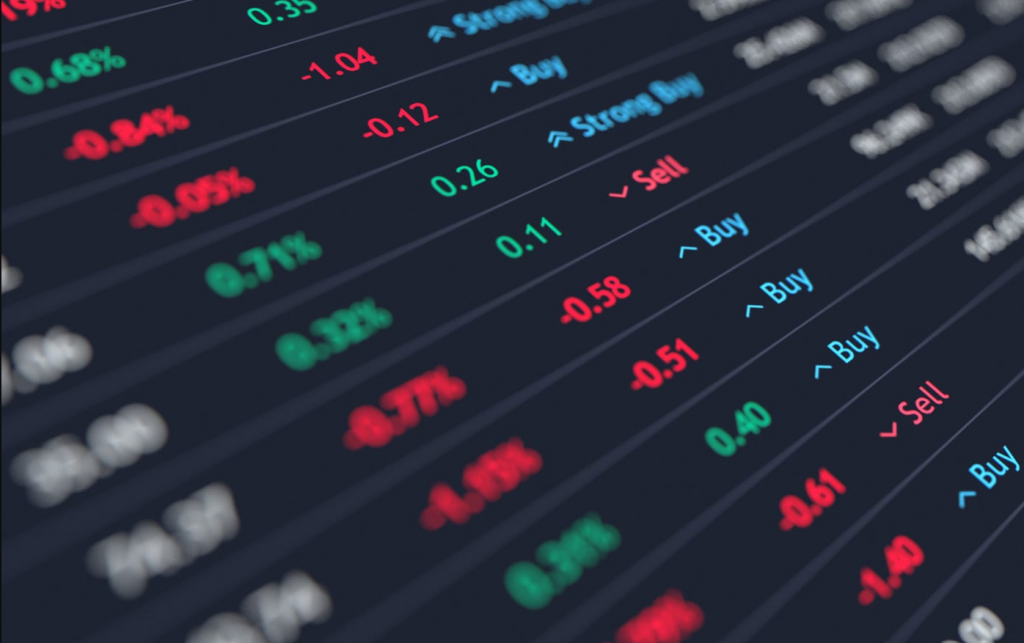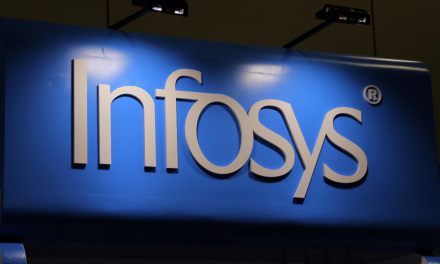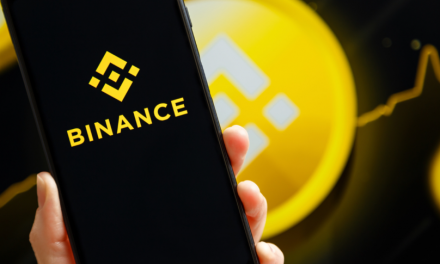When the French AI startup Mistral AI succeeded in securing €105 million ($118 million) in one of Europe’s most substantial seed funding rounds ever, they hadn’t even fully developed their product. Antoine Moyroud, a partner at Lightspeed Venture Partners and one of Mistral AI’s primary investors, expressed no worries about this.
“Although it appears to be a huge figure,” he remarked to CNN, “the company has lofty, worldwide ambitions and will require extensive computational power to realize them.”
This bold investment is indicative of the intense anticipation surrounding the potential of generative AI, a technology capable of producing original text, images, and other content in response to user prompts, to yield remarkable returns for investors.
However, some industry professionals and investors express concerns that the frenzied investment scenario is morphing into a bubble, as funds are being directed towards companies lacking in innovative products, earnings, or requisite expertise.
Emad Mostaque, the founder and CEO of Stability AI, a generative AI firm also funded by California-based Lightspeed, predicts that the current surge in AI company investments will culminate in “the most monumental bubble of all time.”
The funding frenzy, which he terms the ‘dot-ai’ bubble, alluding to the ‘dot-com’ bubble of the late ’90s, is only just commencing, says Mostaque.
More bubble-like behavior?
Mistral AI’s funding is a drop in the ocean of the billions that venture capitalists have infused into generative AI firms globally in the first half of 2023 alone. Pitchbook data pegs this figure at $15.2 billion.
Microsoft’s massive $10 billion funding for OpenAI, the creators of the widely used generative AI chatbot ChatGPT, constitutes a significant portion of this amount.
But even if we disregard Microsoft’s colossal deal, VC investments in generative AI have seen an increase of nearly 58% in comparison with the same period in 2022.
The public release of ChatGPT in November of 2022 ignited this investment boom, says Lightspeed’s Moyroud. He admits to hearing a lot of founders weaving generative AI into their funding pitches, but he approaches these with a degree of skepticism.
“Some individuals with limited industry experience are adding a dash of generative AI ‘glitter’ to their pitches,” Moyroud observes. It’s a task to sift out the real substance beneath these founders’ assertions, he adds.
Mistral AI, however, doesn’t fall into this category, according to Moyroud. His VC firm contributed a substantial amount towards the startup’s €105 million fund, attracted by the founders’ unparalleled experience. All three have previously worked with a form of generative AI known as “large language models” – two at Meta (Facebook’s parent company) and one at Google’s DeepMind.
He highlights that “only a tiny group of about 80 to 100 people worldwide has experience training large language models at scale.”
It’s not just big-ticket private investors looking to reap the benefits of the AI surge. The world’s top five AI-centric exchange-traded funds have seen their inflows rise by an average of 35% since the beginning of the year. Despite a rocky 2022, tech-heavy Nasdaq index stocks have shot up almost 42% over the same period, outpacing the broader S&P 500 index, which has grown less than 19%.
In May, Nvidia, a US manufacturer of the advanced microchips that power generative AI, joined the exclusive club of companies with a $1 trillion market capitalization. Nvidia’s stock has skyrocketed 207% since the start of the year.
But the stock’s price-to-earnings ratio, a metric for determining if a stock is over- or undervalued, has averaged at 237 over the past 12 months. The higher this ratio, the higher the chances of the stock being overvalued. For comparison, S&P 500 companies traded on an average ratio of 24 over the same period.
C3.ai, an unprofitable AI software company whose stock has soared over 240% this year, isn’t expected to be profitable this year or the next either.
Investors liken the current situation to the dot-com bubble. But every bubble is bound to burst eventually.
The late ’90s saw investors channeling funds into dot-com companies, leading the Nasdaq’s value to more than double in 1999. However, most of these startups failed to generate any revenue or profit, as per Goldman Sachs. From its peak in March 2000 to late September 2002, Nasdaq stocks plunged 81%, effectively bursting the bubble.
Mike Reynolds, Vice President of Investment Strategy at US wealth management firm Glenmede, believes the present excitement is reminiscent of the ’90s tech bubble when investors were optimistic about firms that hadn’t yet turned a profit.
There is yet to see the AI hype translate into tangible fundamental results, he adds.

Picking a winner
Reynolds says it will be “exceptionally tough” for investors to discern if they are backing an AI firm that could potentially be the next Amazon or Google. Only two of the 10 most valuable tech and communication stocks today – Microsoft and Cisco – were in the top 10 during the dot-com bubble’s peak in March 2000, as per a Glenmede analysis.
During the late ’90s, merely appending ‘dot-com’ to a company’s name could cause their stock price to spike the next day, according to Reynolds. Today, Jordan Jacobs, co-founder and managing partner at Radical Ventures, a Toronto-based VC firm specializing in AI, notices a similar trend among tech founders.
Just purchasing a ‘dot-ai’ domain and asserting to be an AI company doesn’t make you one, Jacobs points out. Distinguishing between genuine and false AI companies is part of an investor’s job.
Having founded two AI companies in the past 13 years, Jacobs believes there’s a widespread underestimation of the future value of AI technology. He foresees AI either integrating into or replacing every piece of software in the next decade, generating “trillions of dollars of economic value.” The technology is also making significant strides in drug development and climate change modeling.





